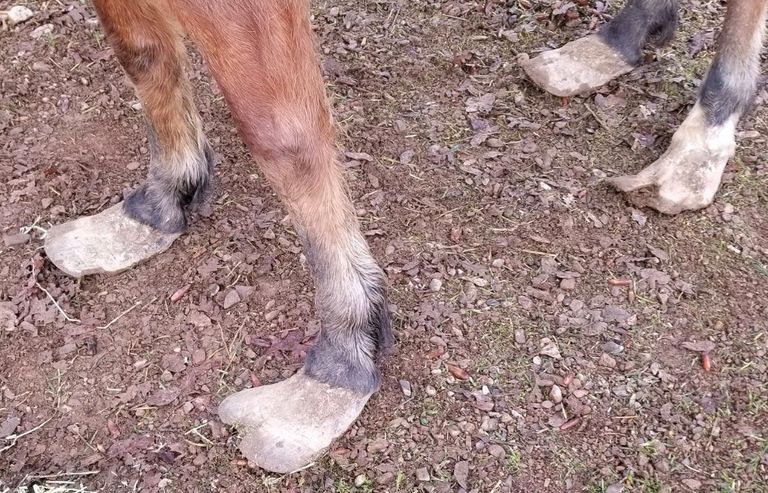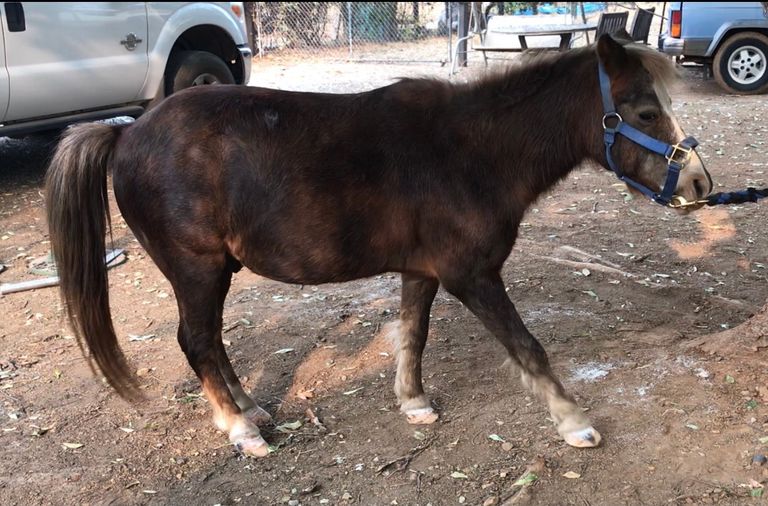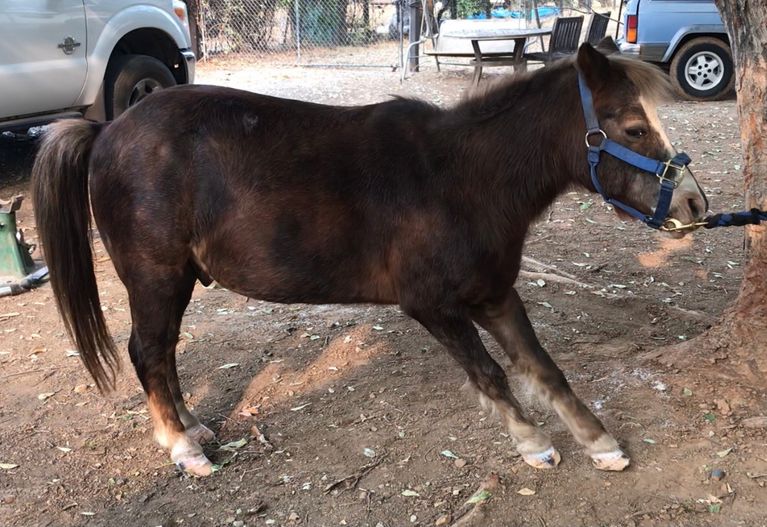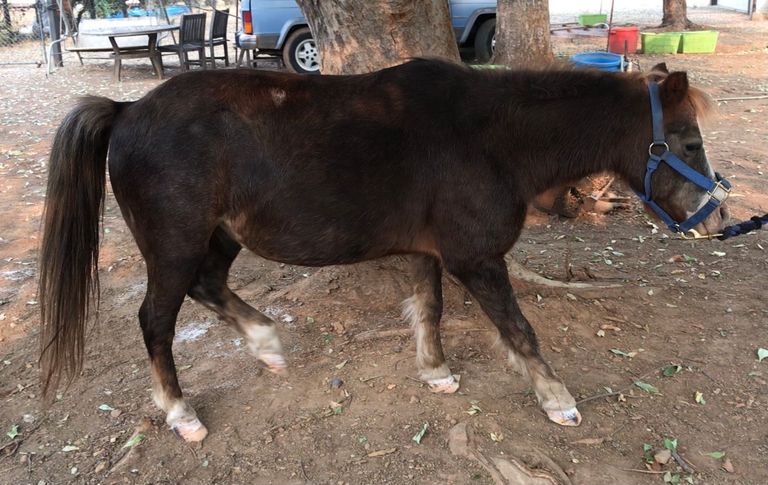
Did you Know…?
… Laminitis can be prevented?
Laminitis results from three primary causes:
1. A compensating laminitis on one supporting limb because of a profound injury or condition that prevents any loading on the other leg (remember Barbaro, the racehorse that shattered his leg?). Road founder also falls into this category: prolonged extreme concussive use on a hard road surface that causes inflammation in the feet and legs.
2. A laminitis caused by a metabolic compromise resulting from septis or extreme body/digestive tract inflamation, such as from a condition like colic, surgery, or a prolonged illness involving medications
3. A metabolic condition that results from overeating a carb load (eating a bag of grain or lush pasture) that disrupts normal gut flora, or a metabolic condition such as Cushings or Metabolic Syndrome in which the body has extreme high blood glucose levels
Of those causes listed above, #3 accounts for the vast majority of laminitis in horses. The good news? This cause can typically be mitigated almost 100% of the time by you, the owner!
Obviously, having secure fencing for your horses and all your grains (garden, birdseed, etc) locked up in a separate area will prevent over-eating by your equid! Regular annual wellness checks by your vet will allow for early identification of abnormal conditions such as Cushings and Metabolic Disease. Personally, I try have annual blood work done by my vet once my healthy horses reach 20 years of age, to have a good baseline for comparison. Regular Dentals also serve an important role in preventing colic episodes, especially in older horses that may have trouble grinding up their hay because of loose teeth or razor-sharp edges.
The most challenging issue for most horse owners: grazing your horse in pasture. Here are some important measures you can take to minimize the risk of laminitis:
1. Do not graze your Cushings or Metabolic Syndrome horse at all, not even with a muzzle. It takes very little to put them into active laminitis! Better to be safe!
2. Do not allow your horses to graze during warming Spring months, typically March through June, when the grasses are loading sugar for seed development.
3. Allow your horse to graze overnight, when the sugars are lowest. Best to include a muzzle, too, for the easy keepers!
4. Feed your horse a generous portion of low-carb grass hay (Timothy, Teff) before you turn them out for a night graze! They will eat less!
Ultimately, these are simply recommendations! You should talk to your vet about your horses’ diet, always!
This is ”Dodger”, a miniature horse with both Cushings and Insulin Resistance. He almost had to be euthanized because his right coffin bone was about to poke through the bottom of his foot. He has finally stabilized - very stringent diet control and frequent corrective trims have given a new lease on life! What a trooper this guy is! Good job Dodger!



March
2022

New Phone App Helps Fight Equine Obesity!
Developed by Katie Williams, an Equine Nutritionist who developed the app as part of her PhD in veterinary research at the University of Glasgow, the Equi-BCS app allows equid owners to record and share their horse’s weight data to help them keep their horses weight on track. The app contains detailed images and instructions to help you score your horses BCS - “Body Conditioning Score” accurately, and allows you to upload/store pictures of your horse to help you, your vet and your farrier, monitor weight issues. It is a great tool for easy and hard keepers alike! Download it for free from Apple App stoe or Google Play!
© Copyright 2022 All rights reserved.